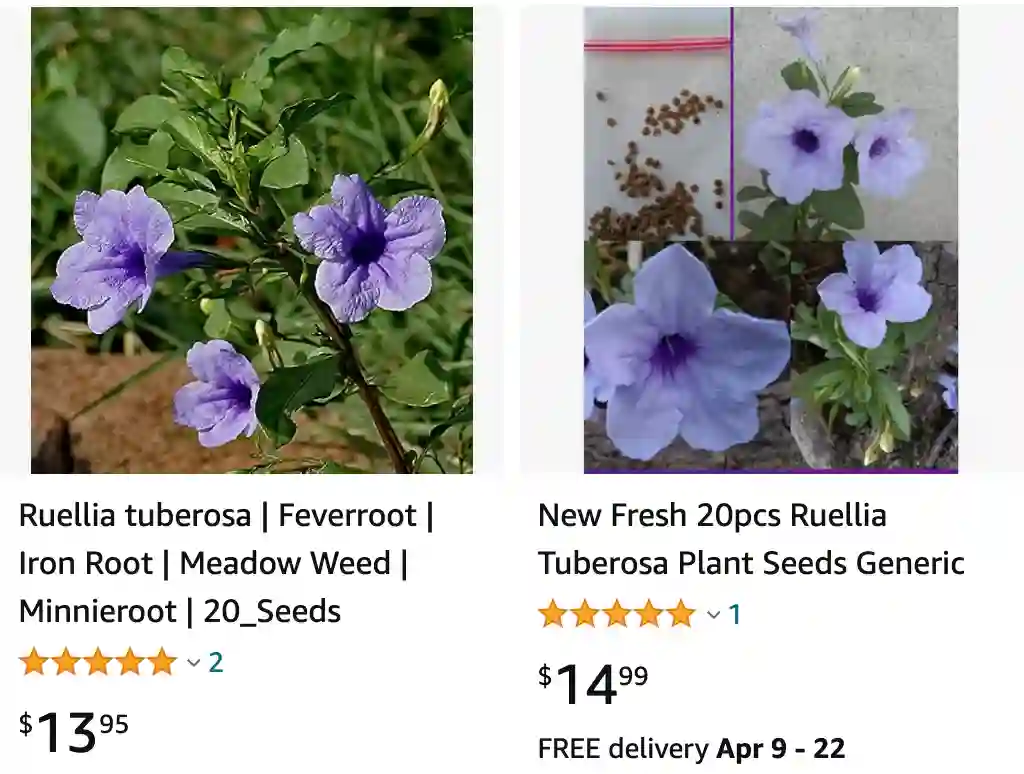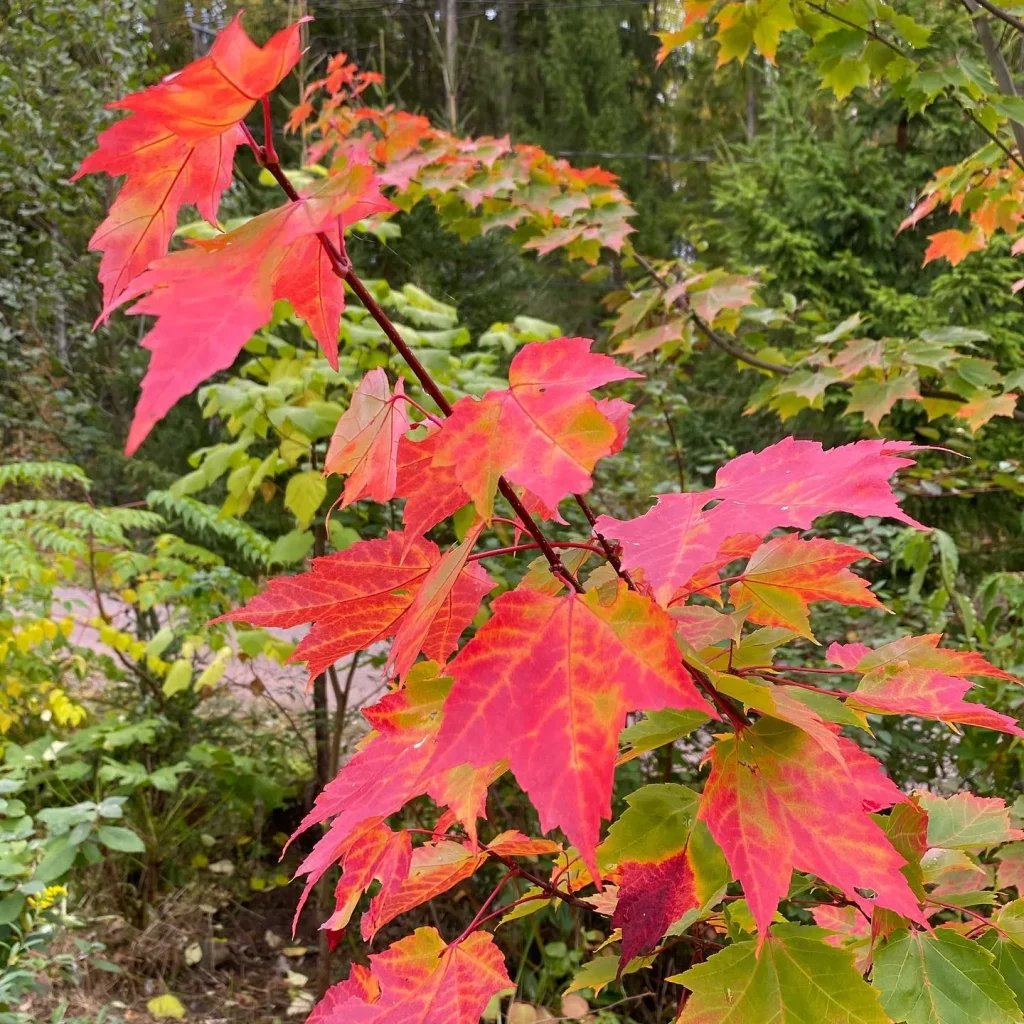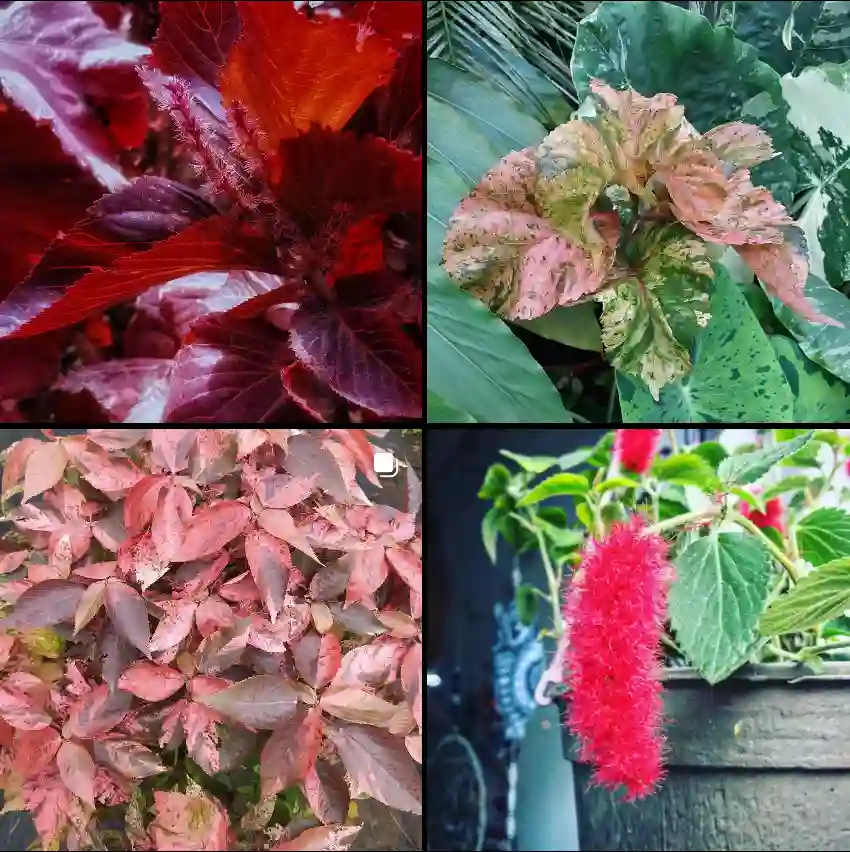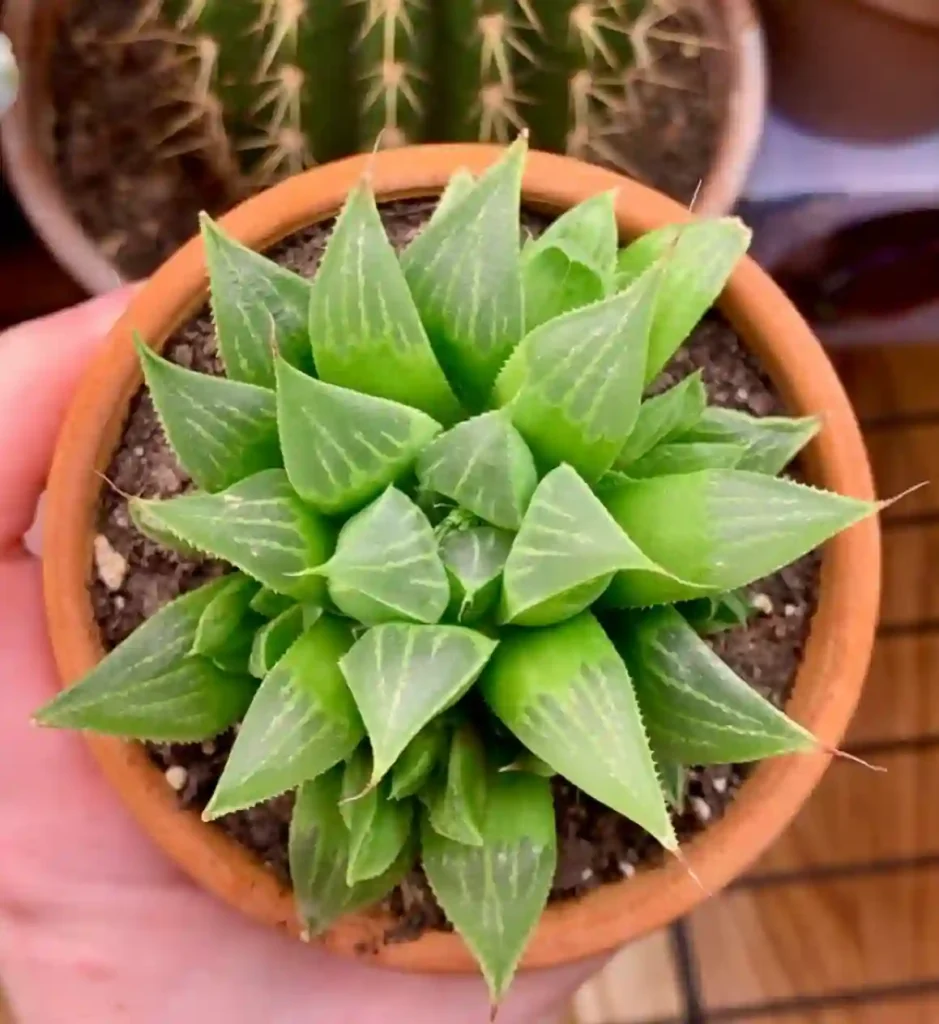
My Journey with Ruellia Tuberosa
Ruellia Tuberosa, also known as Minnie Root, Popping Pod, or Cracker Plant, is a fascinating plant that has intrigued me for years. Its vibrant flowers and unique seed-dispersal mechanism make it a standout in my garden. In this article, I’ll share my experiences with this remarkable plant, including why its seeds pop, how to grow it, and more.
366 Species in Genus Ruellia
What is Ruellia Tuberosa?
Ruellia Tuberosa is a perennial herb native to Central America and the Caribbean but has spread to many parts of the world, including Asia and Africa. It’s known for its striking purple flowers that bloom throughout the year and its distinctive seed pods that pop when touched. The plant is drought-tolerant and can thrive in a variety of conditions, making it a popular choice for gardeners.
Why do Ruellia Tuberosa Seeds Pop?
One of the most intriguing aspects of Ruellia Tuberosa is its seed-dispersal method. The seed pods, which develop after the flowers bloom, are highly sensitive to moisture. When the pods dry out, they build up tension. Any slight touch or impact causes them to burst open, flinging seeds several feet away. This popping mechanism is an evolutionary adaptation that helps the plant spread its seeds over a wider area, ensuring better chances of germination and growth.
How to Grow Ruellia Tuberosa?
Growing Ruellia Tuberosa is relatively easy, even for novice gardeners. Here are the steps I’ve followed to cultivate this beautiful plant successfully:
- Choose the Right Location: Ruellia Tuberosa prefers full sun to partial shade. In my garden, I’ve found that a spot with at least six hours of sunlight per day works best.
- Prepare the Soil: The plant isn’t fussy about soil type but thrives in well-drained soil. I mix some compost into the soil to provide nutrients and improve drainage.
- Planting Seeds or Cuttings: You can start Ruellia Tuberosa from seeds or cuttings. If using seeds, scatter them on the soil surface and lightly cover them. For cuttings, take a healthy stem and plant it in moist soil.
- Watering: Initially, water the plant regularly to help establish roots. Once established, Ruellia Tuberosa is quite drought-tolerant and only needs occasional watering.
- Fertilizing: I use a balanced fertilizer once a month during the growing season to encourage lush growth and abundant flowering.
How to Care for Ruellia Tuberosa?
Ruellia Tuberosa is a low-maintenance plant, but a little care goes a long way in keeping it healthy and vibrant:
- Pruning: Regular pruning helps maintain the plant’s shape and encourages new growth. I trim back the stems after flowering to promote bushier growth.
- Pest Control: While generally resistant to pests, keep an eye out for common garden pests like aphids and whiteflies. I use neem oil spray as a natural remedy if needed.
- Mulching: Applying a layer of mulch around the base helps retain moisture and suppress weeds. This also provides some protection to the roots during extreme weather.
How to Propagate Ruellia Tuberosa?
Propagating Ruellia Tuberosa is straightforward and can be done through seeds or cuttings:
- From Seeds: Collect seeds from mature pods and sow them in a seed tray or directly in the garden. Keep the soil moist until the seeds germinate.
- From Cuttings: Cut a healthy stem with a few leaves and plant it in moist soil. Keep the cutting in a shaded area until it roots, then transplant it to its final location.
What to Plant with Ruellia Tuberosa?
Companion planting with Ruellia Tuberosa can enhance your garden’s beauty and health. Here are some plants that pair well:
- Lantana: With similar growing requirements, Lantana adds vibrant colors and attracts pollinators.
- Salvia: These drought-tolerant plants complement Ruellia Tuberosa’s purple blooms with their striking red or blue flowers.
- Marigolds: They add bright color and help deter pests naturally.
My Personal Experience with Ruellia Tuberosa
Over the years, Ruellia Tuberosa has become one of my favorite plants in the garden. Its resilience, ease of care, and stunning flowers never fail to bring joy. Whether you’re an experienced gardener or just starting, I highly recommend giving Ruellia Tuberosa a try. Its unique characteristics and minimal maintenance requirements make it a delightful addition to any garden.
If i die, water my plants!



